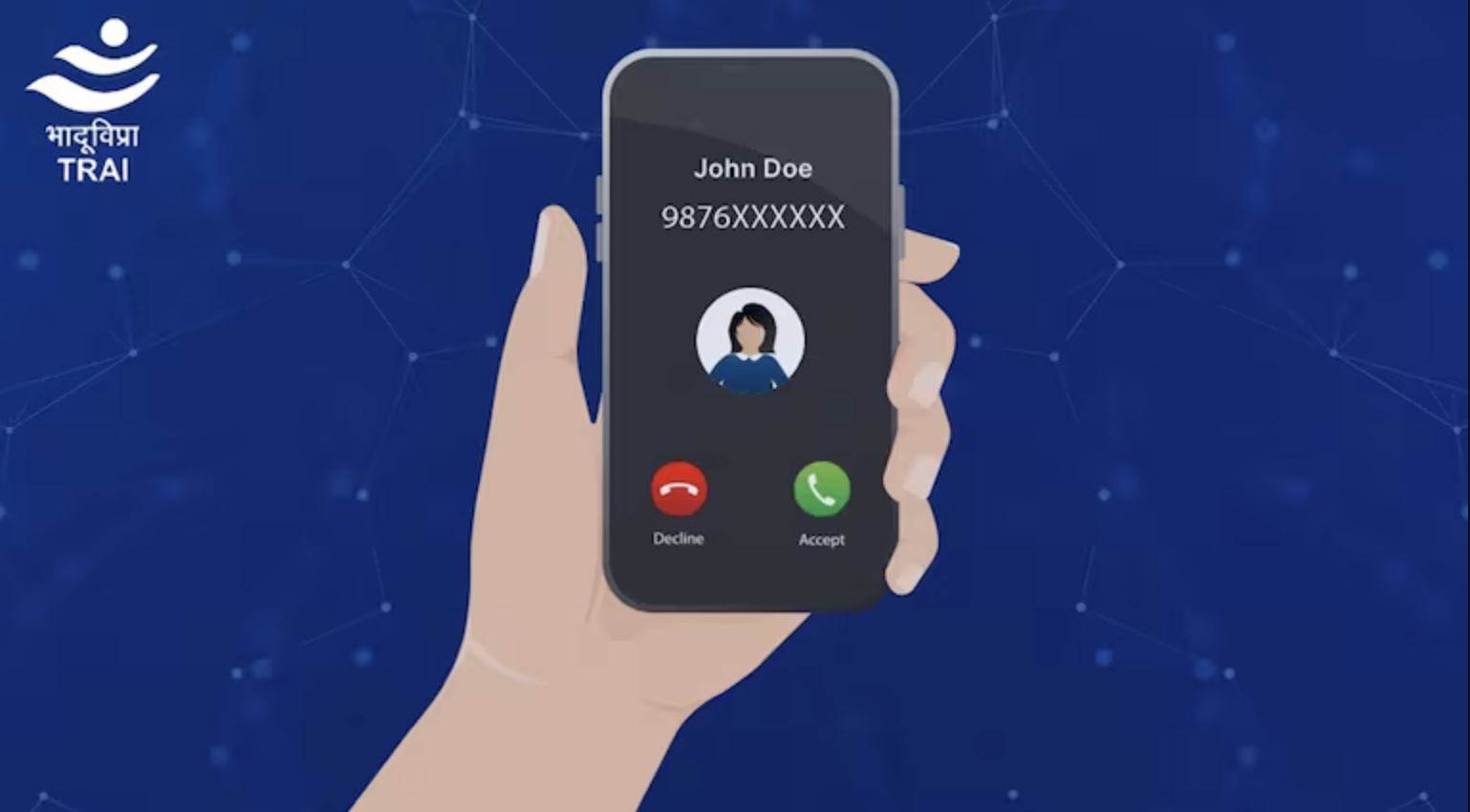In a proud moment, India’s pioneer sun-studying mission Aditya-L1 has reached its designated halo orbit around the Sun-Earth Lagrange Point 1 – nearly 1.5 million km from Earth towards the Sun. The observatory was launched last September by ISRO and has now been precisely placed based on complex calculations.

Historic Space Achievements
Aditya-L1’s success comes right after India executed its first-ever soft landing on the Moon’s south pole with Chandrayaan-3. With the solar observatory, XPoSAT and the lunar mission, India has scored a hat-trick understanding the solar system better.
India creates yet another landmark. India’s first solar observatory Aditya-L1 reaches it’s destination. It is a testament to the relentless dedication of our scientists in realising among the most complex and intricate space missions. I join the nation in applauding this…
— Narendra Modi (@narendramodi) January 6, 2024
The Strategic Lagrange Point 1 Position
Lagrange Points are special spots where the gravitational forces between two large celestial bodies get balanced. Aditya-L1’s location gives it continuous viewing of the Sun without eclipses for 5 years. Maintaining satellites here needs less repositioning fuel too.
Enhanced Solar Monitoring Capabilities
From L1 vantage point, Aditya-L1 will now continuously monitor Sun’s corona, flares, storms and other behavior changes. Its timely warnings on solar activities can help protect our space and ground assets worth ₹50,000 crore.
Boosts Future Interplanetary Missions
ISRO has called the precise insertion a milestone demonstrating its growing capabilities in complex navigation. This success instills confidence for taking up more future interplanetary missions.
Key Scientific Objectives
The observatory carries 7 payloads to study corona heating, solar winds, flares, coronal mass ejections etc. – which impact space weather. Its insights will help the global space community safeguard their satellites and communication networks better during solar disruptions.
Beyond scientific goals, Aditya-L1 highlights India’s rising space prowess. As PM Modi tweeted, the mission is a testament to the scientists’ skill and showcases India’s stellar capacity for unlocking the mysteries of the universe.













